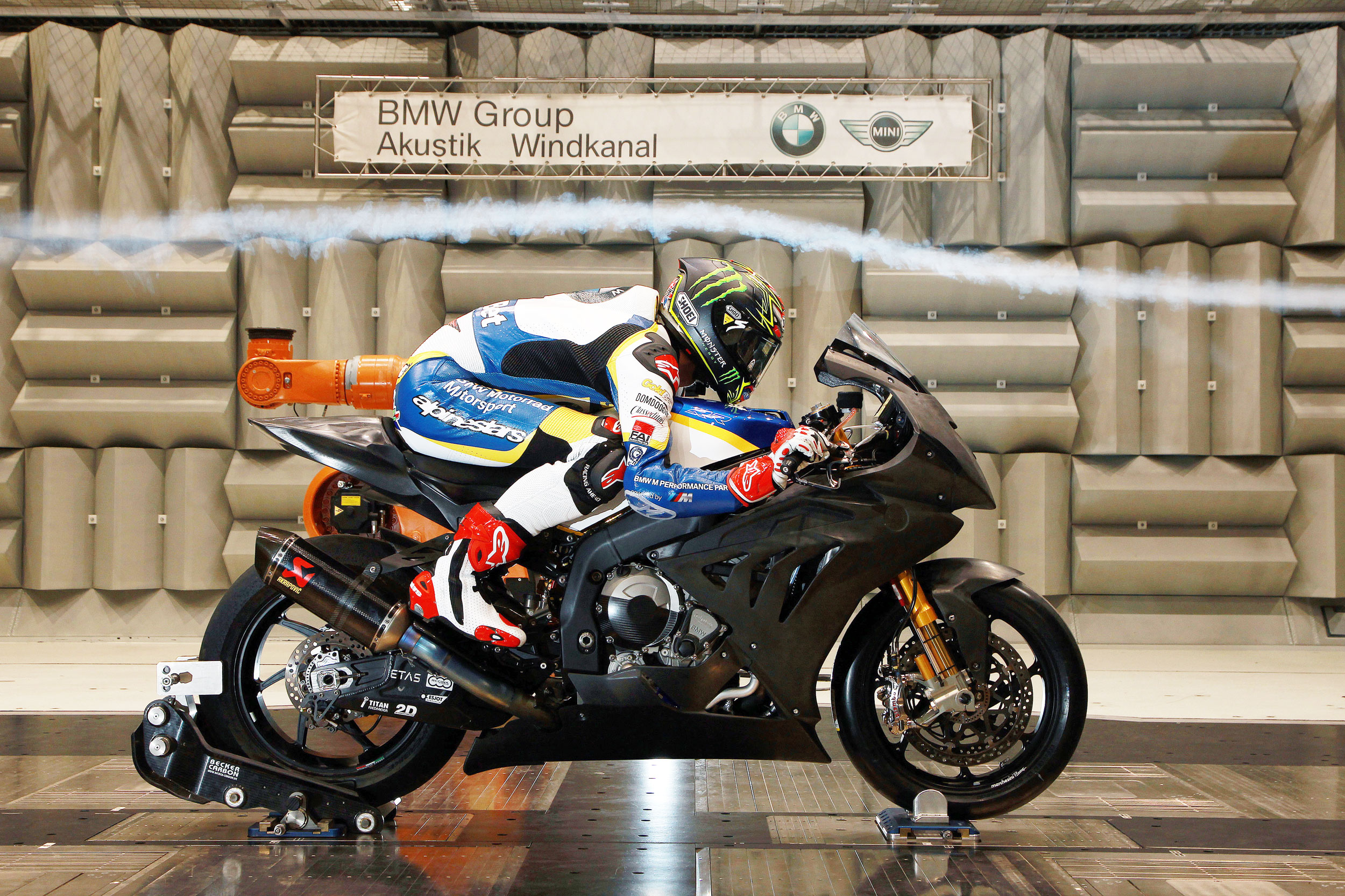American Motorcyclist February 2018
Ask The MSF
The Benefits Of Windscreens
 Q: How do windscreens help? Many windscreens aren’t high enough to stop the wind from hitting your chest or helmet.
Q: How do windscreens help? Many windscreens aren’t high enough to stop the wind from hitting your chest or helmet.
A: Windscreens serve two primary purposes: keeping you comfortable and improving airflow. Comfort means reducing wind pressure and buffeting on your body and helmet, plus reducing wind noise. Airflow means the motorcycle can move more efficiently, with less drag and disturbance, requiring less power and fuel.
A frontal profile with a small, curved, and smooth “leading edge” expanding back toward the rider presents less resistance to the air than the rider’s torso and the multitude of obstacles otherwise presented to the airflow (such as gauges, handlebars, and mirrors).
Each size and style of windscreen will offer its own combination of modifications to the bike’s appearance, general airflow and the specific deflection of airflow around the rider’s body and helmet.
You may have to try several windscreens (and adjustments) before finding one that fits your needs. Be aware that 1) a windscreen may move the zone of turbulence to a point right behind you, meaning that your passenger may experience more buffeting with a windscreen than without; and 2) your motorcycle is more likely to be affected by side winds when fitted with a very large windscreen.
A windscreen that is not properly matched to the motorcycle or is mounted incorrectly (angled too vertically, for example) can cause issues, including instability, if it slams against and compresses the air instead of smoothly displacing the air and slicing through it.
Compressed airflow tends to wrap around the edges of the screen and cause turbulence. Turbulence around a poorly fitted handlebar-mounted windscreen in particular may tend to fight your steering input and cause a wobble or other undesirable effects.
